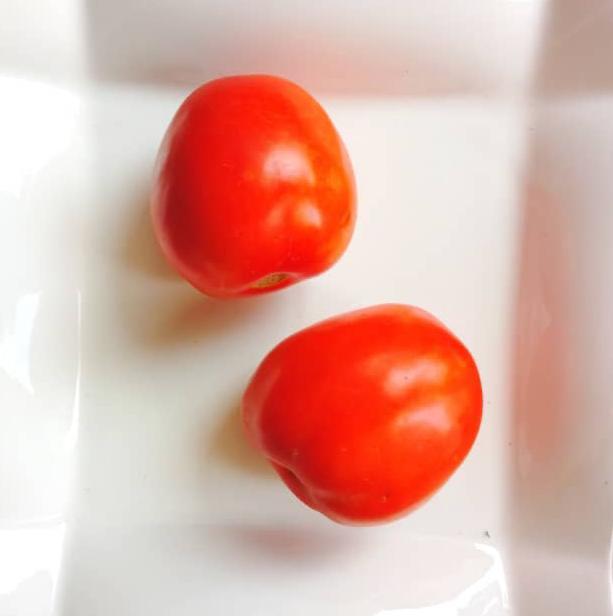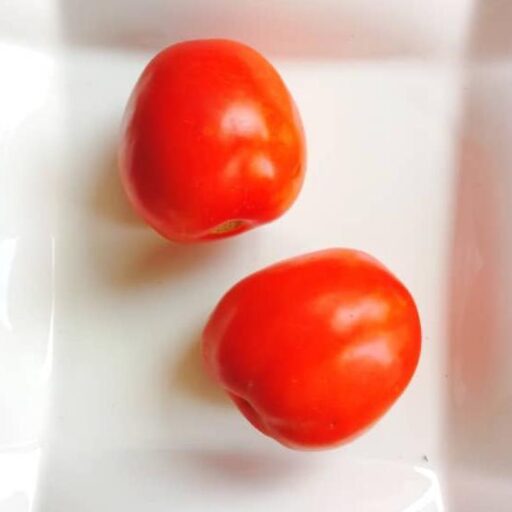Korean cuisine is known for being one of the healthiest and fastest cuisines in the world. Indeed, it is mainly composed of vegetables, meat and rice. In addition, it is often spicy cuisine thanks to the use of chili peppers and spicy sauces. Kimchi, cabbage marinated in a sauce, is one of the most popular dishes in Korea. Korean cuisine is also known for its grilled dishes, such as bulgogi (marinated and grilled beef) and galbi (marinated and grilled beef ribs). It is often served communally, with many dishes brought to the table to be shared by all.
Introduction
Korean cuisine is appreciated for its diversity and flavors. It uses many fermented ingredients, such as red pepper paste, kimchi, fermented soy sauce, and fermented bean paste. Grilled meat dishes, such as bulgogi and galbi, are popular in Korea. Fish soup, bibimbap (a mixture of rice, vegetables, and meat with red pepper paste) are also typical of this cuisine. Korean food is usually served with many small dishes of fermented vegetables and meats (banchan) laid out on the table and shared by all. Korean meals are usually accompanied by rice and soup. Korean cuisine also includes rice wines such as sake and makgeolli.
What are the typical dishes of Korean cuisine?
Here are some typical Korean dishes:
- Kimchi: Spicy fermented cabbage often served with Korean meals.
- Bibimbap: bowl of rice with various vegetables and grilled meat.
- Hanchi meat patties: patties of minced meat and vegetables grilled in a thin crepe.
- Soups: There are many soups in Korean cuisine, such as kimchijjigae (kimchi and tofu soup) and seollongtang (meat and bone soup).
- Bulgogi: marinated and grilled meat, often served with rice and vegetables.
- Japchae: transparent noodle dish with vegetables and meat.
- Samgyetang: chicken soup with rice and herbs.
- Kkanpunggi: Crispy marinated and steamed chicken.
There are many other typical Korean dishes, but these are among the most popular.
How does Korean cuisine influence the cuisines of its neighbors?
Korean cuisine has had a significant influence on the cuisines of its neighbors, particularly China and Japan. In China, it has popularized hanchi meat patties and kimchi. In addition, Korean food has also influenced Japanese cuisine, particularly through soups and noodle dishes, such as japchae. In fact, japchae, which is a dish of transparent noodles with vegetables and meat, is very popular in Japan and is considered a signature dish of Korean cuisine. Korean cuisine has also influenced other Asian cuisines, such as Thai cuisine, which has dishes inspired by Korean cuisine, such as khao phat kaphrao, a rice dish with onions, basil leaves, and shrimp.
What are the key ingredients in Korean cuisine?
Here are some key ingredients in Korean cuisine:
- Rice: Rice is a staple ingredient in Korean cuisine and is often served with meals.
- Kimchi: It is a spicy fermented cabbage, is a very popular ingredient in Korean cuisine and often accompanies meals.
- Meat: Meat is a common ingredient in Korean cuisine, with beef, pork, and poultry often used in dishes.
- Vegetables: Vegetables, such as onions, carrots, celery, peppers, and cabbage, are widely used in Korean cuisine.
- Garlic: Garlic is a common ingredient in Korean cuisine and is often used to flavor dishes.
- Ginger: Ginger is often used in Korean cooking to flavor dishes and for its medicinal properties.
- Soy Sauce: Soy sauce is a common ingredient in Korean cuisine and is often used to marinate meat or to add flavor to dishes.
What is the place of meat in Korean cuisine?
Meat is a common ingredient in Korean cuisine and is often used in main dishes. First, beef is particularly popular in Korean cuisine and is often used in dishes such as bulgogi (marinated and grilled meat) and galbi (grilled beef ribs). Second, pork and poultry are also commonly used in Korean cuisine. In fact, meat is often marinated with soy sauce and other ingredients before being grilled or steamed. Meat is also served with rice and vegetables and is eaten at everyday meals or during festivals and ceremonies. In general, meat plays an important role in Korean cuisine.
What are some traditional Korean foods for holidays and celebrations?
I present to you some traditional Korean dishes that are often served at festivals and celebrations:
- Galbi (갈비): This is a dish of marinated beef or pork meat grilled on a barbecue.
- Bulgogi (불고기): This is marinated beef that is grilled and cut into thin slices.
- Kimchi (김치): These are fermented vegetables, usually cabbage, that are spicy and tangy.
- Bibimbap (비빔밥): This is rice mixed with various ingredients, such as vegetables, meat, and kimchi.
- Japchae (잡채): These are transparent noodles made from potato, cut into thin slices and mixed with vegetables and meat.
- Tteokguk (떡국): This is a rice broth in the shape of pancakes, served with meat and vegetables. It is often served to celebrate the Korean New Year.
- Samgyetang (삼계탕): This is chicken broth with a whole rooster cooked in it, along with rice and herbs. It is often consumed during the hot season as a way to cool down and rejuvenate.
What is the role of beer and alcohol in Korean food culture?
What is the place of vegetables in Korean cuisine?
Vegetables are an important part of Korean cuisine. They are often used as garnishes for main dishes or to prepare vegetarian dishes. Vegetables that are commonly used in Korean cuisine include cabbage, peppers, tomatoes, onions, radishes, etc. Herbs and spices such as ginger, cumin, and sesame are also often found in Korean dishes . These vegetables are often thinly sliced or diced and are usually eaten raw or lightly pickled. Although some vegetables are cooked or fried in some dishes.
What are the condiments commonly used in Korean cuisine?
Check out some condiments commonly used in Korean cuisine:
- Gochujang : a fermented red pepper paste
- Doenjang: a fermented soybean paste
- Ganjang: fermented soy sauce
- Ssamjang: a spicy paste made from gochujang and doenjang, often used as a dipping sauce for samsaek lettuce leaves
- Gochugaru: red pepper powder
- Jeotgal: a salty condiment made from fish or shellfish
- Kanjang: A more diluted variant of ganjang soy sauce
- Cho-gochujang: a spicy sauce made with gochujang and vinegar
- Deul-geum: a paste of roasted and ground red beans
- Cho-ganjang: a sweeter soy sauce, often used for meat marinades
There are many other condiments used in Korean cooking, but these are some of the most common.
What are the typical desserts of Korean cuisine?
Korean cuisine has a wide variety of desserts, but here are some examples of typical Korean desserts:
- Patbingsu: It is a frozen dessert made with shaved ice, whipped cream, red beans, toasted sesame seeds and fruits.
- Hwajeon: These are small round cakes made of red bean paste or glutinous rice. They are often served with a paste of flower petals or toasted sesame seeds.
- Tteok: These are small sticky rice cakes, often flavored with orange blossom or sesame. They are usually served with icing sugar, whipped cream or red bean paste.
- Yakgwa: These are flower-shaped biscuits, made from rice flour and honey, and flavored with anise.
- Yaksik: It is a dessert made of sticky rice cooked with sugar, sesame and nuts (cashew nuts…).
- Japchae: These are potato vermicelli noodles served with vegetables and meat, used as a dessert.
What are some French dishes of Korean origin?
There are no French dishes of Korean origin, as French cuisine and Korean cuisine are two distinct culinary traditions that have different historical and cultural roots. French cuisine is mainly influenced by Western European culinary traditions. While Korean cuisine is influenced by East Asian cuisine. However, it is possible that some Korean recipes have been adapted to French ingredients or preparation techniques. Usually in some fusion restaurants or by chefs.
How do women and men share cooking in Korea?
In Korea, as in many other countries, there is no strictly defined division of kitchen duties between women and men. However, it is common for women to be responsible for preparing meals in households. While men are often tasked with cooking at social events or parties. However, this division of labor is changing and becoming less conventional. For example, in households where both partners work full-time and share household chores. It is common to see men and women working together in restaurants and professional kitchens in Korea. Regardless of their gender, of course.
Are there any similarities between Korean cuisine and African cuisine?
It is difficult to say if there are any similarities between Korean cuisine and African cuisine in general. Africa is a very large and diverse continent, with many different countries and culinary cultures. However, it is possible that some regions of Africa and Korea share similar ingredients or cooking techniques. That is, if they have similar climates or are located in geographically close regions to each other. For example, Korean cuisine often uses wheat and rice grains, which are also commonly used in Africa. In addition, both cuisines often use spices and herbs to flavor their dishes. However, it is important to note that each African and Korean cuisine has its own unique characteristics. Thus, it is not homogeneous across the continent or country.
Conclusion
In conclusion, Korean cuisine is an Asian cuisine known for its flavors and diversity. It is characterized by the use of many fermented ingredients, such as kimchi, red pepper paste. Not to mention fermented soy sauce and fermented bean paste. Other popular dishes include grilled meat dishes, such as bulgogi and galbi. Korean cuisine also includes soups, minced meat patties, noodles with vegetables and meat. Not to mention chicken soup with rice and herbs, crispy marinated and steamed chicken… Korean food is served with small dishes of fermented vegetables and meats, known as banchan. It is accompanied by rice and soup. Korean cuisine is also known for its use of rice wine, such as sake and makgeolli.

